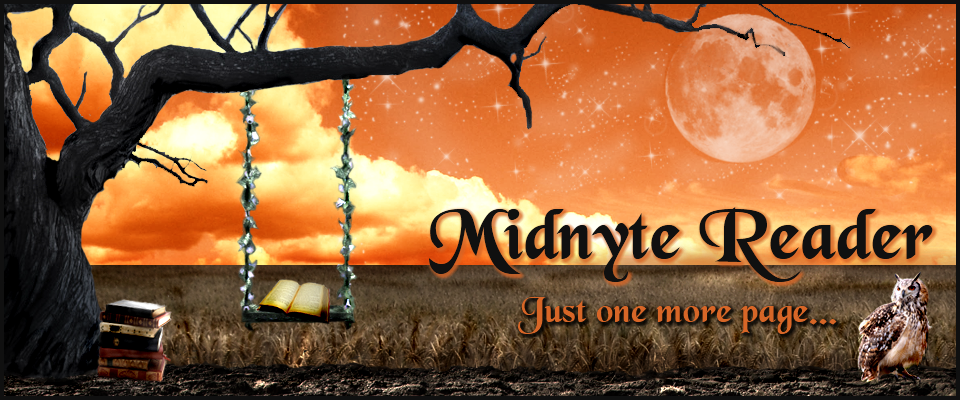Victor Frankenstein, one of the most exciting movies to come
out during this holiday season, is a new take on the old Mary Shelley classic.
Ever since Shelley wrote Frankenstein as a teenager in 1818, the story
of a patchwork man reanimated after death has chilled readers and moviegoers on
a primal level. The work has survived dozens of film, TV, and theater
adaptations, each one more grisly and grim than the last - but why are we so
fascinated with this story and the mythology of Frankenstein's monster?
Mary Shelley was
only nineteen years old when she conceived the idea for Frankenstein during a contest with her peers based on
who could write the scariest story. It remained her most famous work and became
a classic of gothic horror. Some even say Shelley invented the science fiction
genre with her book because it mixes ideas of biology, engineering, and
psychology to create a compelling fantasy story. Frankenstein is still
studied and enjoyed in high schools and colleges all over the world almost 200
years after its publication, and continues to have a looming presence in both
the literary and film worlds.
Frankenstein has been a popular book to adapt to
screen ever since the conception of film. It hit the stage in the 1820s before
being adapted to film for the first time in a 16 minute short film in 1910. But
the most well-known adaptation was James Whale's 1931 Frankenstein through Universal Studios, which gave audiences
the perception we still hold of the monster today. Actor Boris Karloff
popularized the idea of a flat-headed, moaning monster with screws on his neck
- a character we still commonly see around Halloween.
Due to the
popularity of Karloff's portrayal, Frankenstein's monster became a huge hit
with horror audiences. He reappeared in 1935 in the acclaimed Bride of
Frankenstein (find it online), which is said to be one of the greatest
horror films ever made. However, this sequel began a long string of Frankenstein
films that diverted from the source material. Though the monster stayed
generally true to form, he was given a female companion, something Victor
Frankenstein decided against in the novel. In 1939, horror actor Bela Lugosi
(known for portraying Count Dracula) appeared alongside Karloff in Son of
Frankenstein as lab assistant Igor - a character that does not exist in the
literary tale - showing how these classic horror stories all meshed together to
create a popular mythology among moviegoers.
As Universal Studios
horror films waned in popularity, Frankenstein's monster took a backseat until
Mel Brooks’ 1974 comedy hit Young Frankenstein, starring Gene Wilder. This film
(streaming info here) loosely adapted the story while poking fun at
the gothic style of previous films. It let the monster tap dance and groan out
a song while Victor Frankenstein tried desperately to clear his family's name.
Rather than an all-out spoof, it comes off as a loving homage to a classic
story, inviting new audiences outside the horror genre to enjoy the tale.
2015's Victor
Frankenstein, starring James McAvoy and Daniel Radcliffe and directed by
Paul McGuigan, focuses more heavily on the creator and lab assistant of the
monster than the monster himself, showing that even an old story can take on
new and interesting points of view in each adaptation. Even though Shelley's novel is a
classic, it still makes audiences question what it means to be human and to
create life, making it a popular and ever-relevant tale to turn into film.
Spencer Blohm is a freelance entertainment, culture, and lifestyle blogger. He lives and works in Chicago. When not working he can be found camped out in his apartment watching the latest films and newest television shows.




























